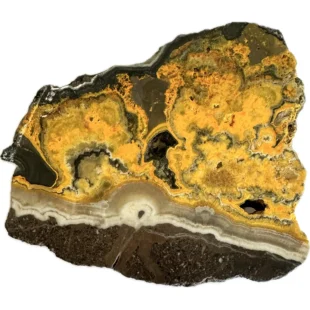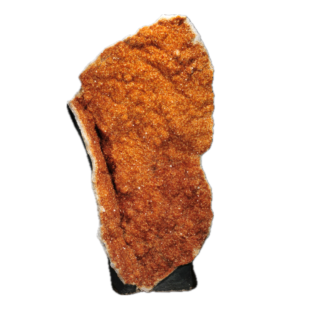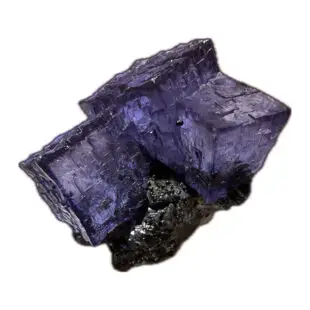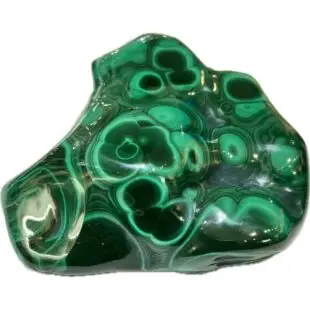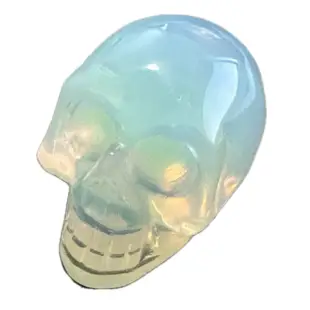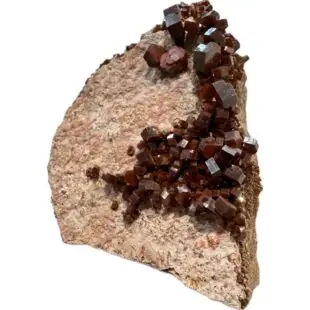The Earth is home to an incredibly diverse array of minerals, with over 5,000 known mineral species and new ones being discovered regularly. These minerals exhibit a wide range of chemical compositions, crystal structures, colors, and properties, making them essential components of the Earth’s crust and playing crucial roles in geological processes, industry, and everyday life.
Minerals are classified into groups based on their chemical composition and crystal structure. The most abundant mineral group is the silicates, which are composed primarily of silicon and oxygen atoms combined with other elements like aluminum, iron, magnesium, and calcium. Silicates make up the majority of the Earth’s crust and include minerals such as quartz, feldspar, mica, and olivine.
Other major mineral groups include carbonates (e.g., calcite, dolomite), sulfides (e.g., pyrite, galena), oxides (e.g., hematite, magnetite), and native elements (e.g., gold, diamond). Each group encompasses a wide variety of minerals with distinct properties and uses.
Minerals are found in diverse geological environments, including igneous, sedimentary, and metamorphic rocks, as well as in hydrothermal veins, pegmatites, and mineral deposits. They can form through a variety of processes, including crystallization from molten magma, precipitation from aqueous solutions, metamorphism, and chemical reactions.
The uses of minerals are extensive and varied, ranging from construction materials like granite and limestone to industrial minerals such as gypsum, talc, and kaolin. Metallic minerals like iron, copper, and aluminum are essential for manufacturing machinery, vehicles, and electronic devices. Gemstones like diamond, emerald, and ruby are valued for their beauty and rarity, while minerals like sulfur and phosphate are used in agriculture.
Furthermore, minerals have cultural and historical significance, having been used by civilizations for thousands of years in art, jewelry, and religious practices. Understanding the vast variety of minerals in the world is essential for geologists, mineralogists, and industry professionals to explore Earth’s resources, unravel geological mysteries, and advance scientific knowledge and technological innovation.





